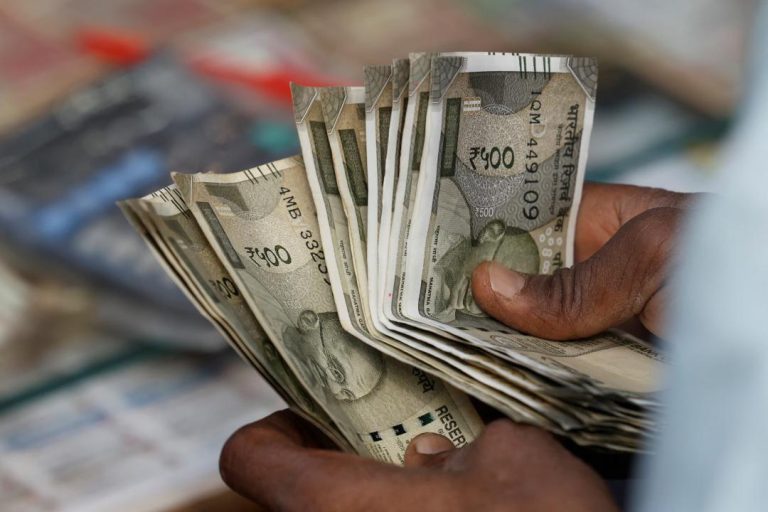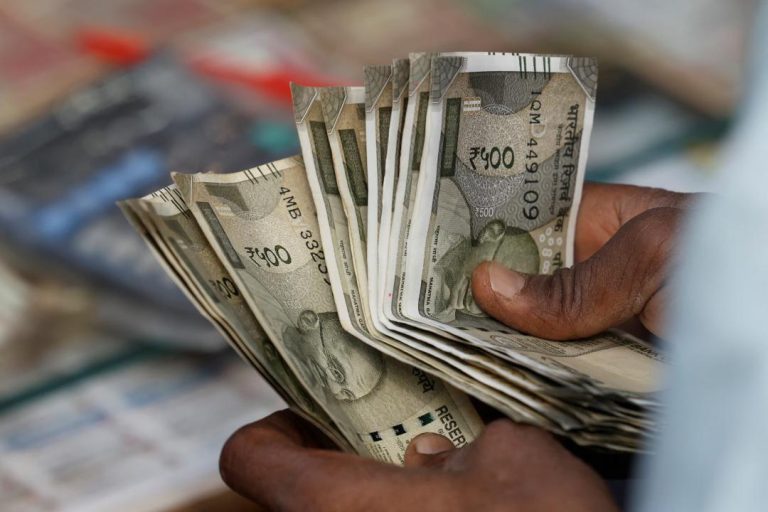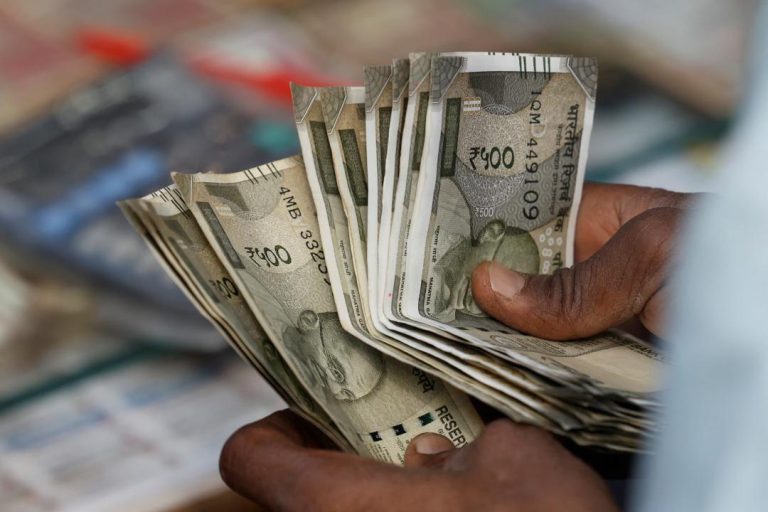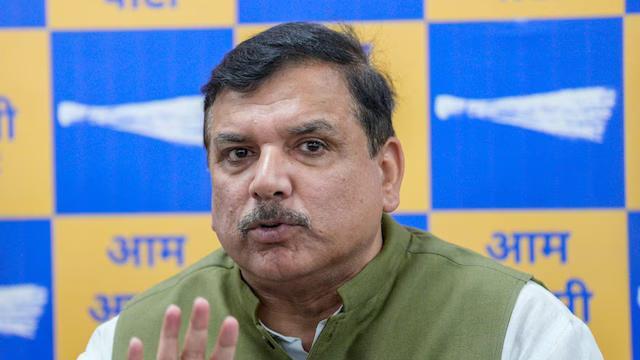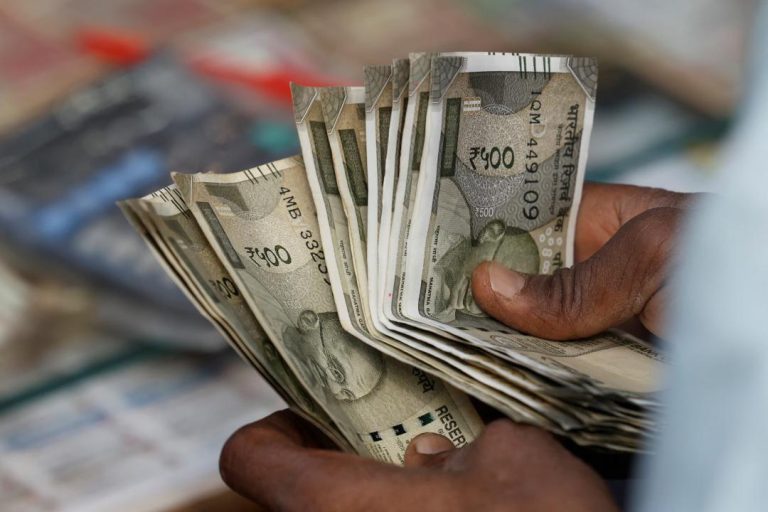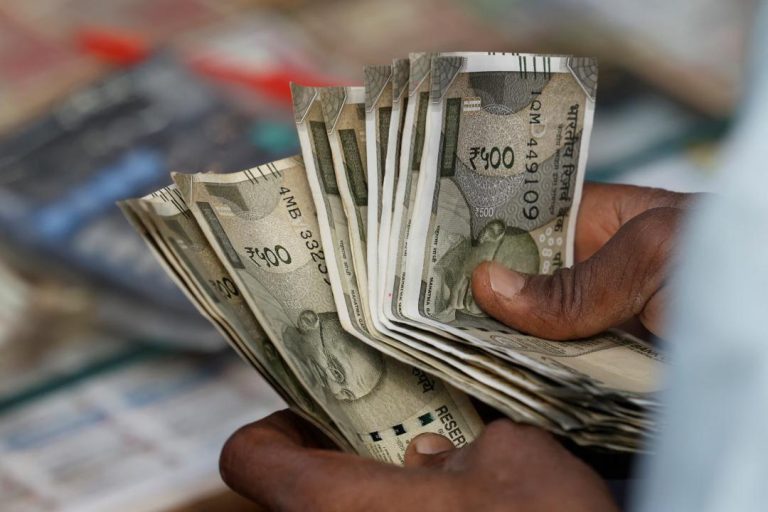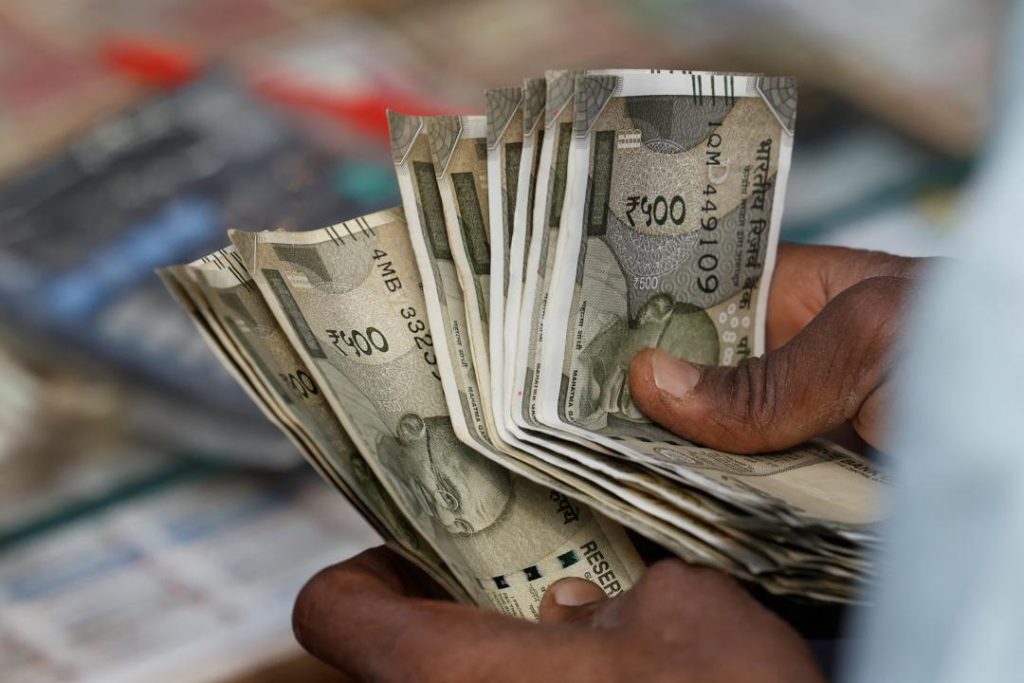
What Got Cheaper & Costlier in March as CPI Falls to 67-Month-Low of 3.34%?
The Consumer Price Index (CPI), a key indicator of inflation in India, has fallen to a 67-month-low of 3.34% in March. This significant decline in retail inflation has led to changes in the prices of various commodities, with some showing considerable declines while others saw marginal rises. In this blog post, we will explore what got cheaper and costlier in March, based on the latest data released by the Government of India.
Eggs, Vegetables, and Pulses: The Biggest Losers
The prices of eggs, vegetables, and pulses saw considerable declines in March. According to the data, the prices of eggs fell by 14.4%, vegetables by 12.6%, and pulses by 10.3%. These declines are significant, considering the importance of these commodities in the Indian diet. The fall in prices of these essential items is likely to bring relief to households, particularly those with limited budgets.
Spices, Meat, Fish, Housing, Recreation, and Amusement: Marginal Declines
While the prices of eggs, vegetables, and pulses saw significant declines, the prices of spices, meat, fish, housing, recreation, and amusement saw marginal declines. The prices of spices fell by 0.8%, meat and fish by 0.4%, and housing by 0.2%. The prices of recreation and amusement activities, such as movies, travel, and sports, also saw a decline of 0.1%. These marginal declines are likely to have a limited impact on households, but they still contribute to the overall decline in retail inflation.
Fruit Prices: A Sizeable Jump
In contrast to the declines in the prices of eggs, vegetables, and pulses, the prices of fruits saw a sizeable jump in March. According to the data, the prices of fruits rose by 10.2%. This increase is likely to have a significant impact on households, particularly those with limited budgets. The rise in fruit prices may be attributed to factors such as supply chain disruptions, weather conditions, and changes in global demand.
Cereals, Milk, Oil, Sugar, Confectionery, Clothing, Snacks, Sweets, Pan, Tobacco, Footwear, Fuel, Health, and Education: Marginal Rises
The prices of cereals, milk, oil, sugar, confectionery, clothing, snacks, sweets, pan, tobacco, footwear, fuel, health, and education saw marginal rises in March. The prices of cereals rose by 0.4%, milk by 0.3%, oil by 0.2%, sugar by 0.1%, and confectionery by 0.1%. The prices of clothing, snacks, sweets, pan, tobacco, footwear, and fuel also saw marginal rises, ranging from 0.1% to 0.3%. The prices of health and education services saw a rise of 0.2%. These marginal rises are likely to have a limited impact on households, but they still contribute to the overall retail inflation.
Implications of the Decline in Retail Inflation
The decline in retail inflation has significant implications for the Indian economy. With retail inflation falling to a 67-month-low, the Reserve Bank of India (RBI) is likely to consider reducing interest rates in the coming months. This could lead to increased consumer spending, higher economic growth, and increased employment opportunities. Additionally, the decline in retail inflation could also lead to increased purchasing power for households, particularly those with limited budgets.
Conclusion
In conclusion, the prices of eggs, vegetables, and pulses saw considerable declines in March, while the prices of spices, meat, fish, housing, recreation, and amusement saw marginal declines. The prices of fruit saw a sizeable jump, while the prices of cereals, milk, oil, sugar, confectionery, clothing, snacks, sweets, pan, tobacco, footwear, fuel, health, and education saw marginal rises. The decline in retail inflation has significant implications for the Indian economy, including the potential for interest rate reductions and increased consumer spending. As the economy continues to evolve, it will be important to monitor changes in retail inflation and their impact on households and businesses.
Source
The data used in this blog post is based on the latest Consumer Price Index (CPI) data released by the Government of India. You can access the data at the following URL:
